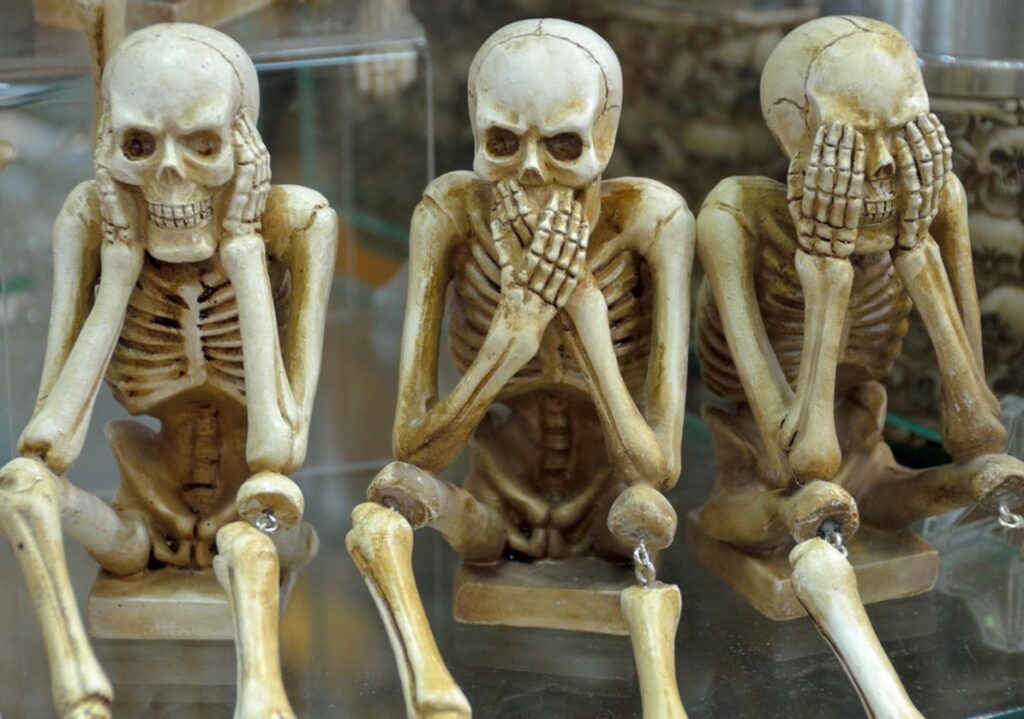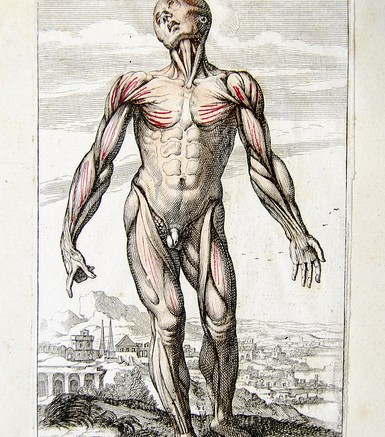As a subject of study, comparative anatomy is concerned with the similarities and differences between the anatomical structures of various animal species. This line of inquiry has been of great interest to scientists and researchers for many years, as it offers valuable insights into the evolutionary history of animals and sheds light on their adaptations to different environments. Comparative anatomy enables us to understand the functions and evolution of different body systems, such as the skeletal, muscular, and nervous systems, and provides clues for solving biological mysteries. By comparing anatomical structures of organisms, researchers can work to discover the underlying principles that drive evolution, animal behavior, and functionality.
In this article we will examine the science of comparative anatomy in detail, exploring how it works, what techniques are used, and how it can inform our understanding of animal biology. We will also delve into the fascinating history of comparative anatomy and its pioneers, as well as discuss some of the latest findings in the field. Whether you’re fascinated by animal biology and evolution or simply want to learn more about how animals are alike and different, this article will provide you with the information you need. So let’s get started!
1. What is Comparative Anatomy?
Comparative anatomy is the study of the similarities and differences between the structures of different animals, in order to better understand the evolution of these structures and the relationships between different species. By comparing the anatomy of animals that are related, scientists can learn more about how they evolved and adapted over time, as well as how their structures function in different environments. It’s a complex and ever-evolving field, but one that has led to many important discoveries about the world around us.
2. How does it help us understand animals?
By comparing the anatomy of different animals, we can learn about their evolutionary history, their behavior, and even their diet. For example, if we compare the teeth of different animals, we can get an idea of what they might eat – sharp, carnivorous teeth suggest a meat-based diet, while flat, herbivorous teeth are better suited to plant matter. Through comparative anatomy, we can gain a deeper understanding of the animal kingdom and all its amazing diversity.
3. How do biologists compare animal anatomy?
One way biologists are able to compare animal anatomy is by looking at homologous structures, which are structures that have the same or similar characteristics in different animals because they evolved from a common ancestor. For example, all vertebrates have a spinal column, even if the structure of the spine varies between different animals. Another way to compare anatomy is by looking at analogous structures, which are structures that have similar functions but didn’t evolve from a common ancestor. For example, the wings of a bird and the wings of a bat are analogous structures because they both evolved to allow the animal to fly, even though the wings themselves have different anatomical structures.
4. What can we learn from studying similarities and differences?

When studying comparative anatomy, one of the most interesting aspects to consider is the similarities and differences between different species. By examining these similarities and differences, we can gain a better understanding of the evolutionary relationships between animals and how they have adapted to their environments over time. For instance, studying the similarities in the skeletal structure between bats and birds can reveal how both groups evolved wings for flight despite being from different families. At the same time, studying differences can help us discern how species have adapted to different environments and lifestyles. An example would be comparing the teeth of herbivores and carnivores and observing how each animal’s teeth have been modified to suit their respective diets.
5. Examples of Comparative Anatomy
By looking at the ways that different animals are built, scientists can determine how they function and how they have adapted to their environments. There are countless examples of comparative anatomy, but here are five that illustrate some of the most interesting and significant comparisons:
- The wings of birds and bats: While both animals have evolved wings for flight, the structures of their wings are quite different. Birds have feathers and a lightweight bony structure, while bats have a more membranous structure with specialized muscles that allow for greater flexibility.
- The eyes of humans and octopuses: Although humans and octopuses have evolved eyes that function similarly to detect light, there are some important differences. Octopuses have eyes that are much more complex, with a concave shape that allows them to see in more directions without moving their heads.
- The limbs of whales and horses: Despite living in very different environments, both whales and horses have limbs that share some key similarities. Both animals have bones that are adapted for supporting their weight on land or in water, and both use a powerful muscular system to move their limbs.
6. The Role of Fossil Evidence
Fossils play a crucial role in recon and relationships between different groups of animals. By studying fossils, we can learn about the anatomical features of ancient organisms and their relationships to modern animals. This information helps us construct evolutionary trees, also known as phylogenies, which show the evolutionary relationships between different groups of organisms.
7. Studying Animal Adaptations
There are so many unique features and abilities that animals have developed to survive in their environments. From the long necks of giraffes to the camouflage of chameleons, studying animal adaptations helps us understand the diverse ways in which species have evolved to thrive. In this section, we’ll explore 8 interesting examples of animal adaptations, including the echolocation of bats and the webbed feet of ducks. By the end of this lesson, you’ll have a deeper appreciation for the incredible ways in which animals have adapted and evolved to survive and thrive in their environments.
Conclusion
In conclusion, the science of comparative anatomy is an essential tool for understanding how animals are alike and different. Through the use of dissection, imaging technology, and other techniques, scientists have made great strides in understanding the structure and function of different animals’ organs and tissues. By studying these similarities and differences, we gain insight into the evolutionary history of life on earth and can make important discoveries that benefit both animals and humans. The study of comparative anatomy reminds us of the vast diversity of life on earth, and also the interconnectedness of all living things.
